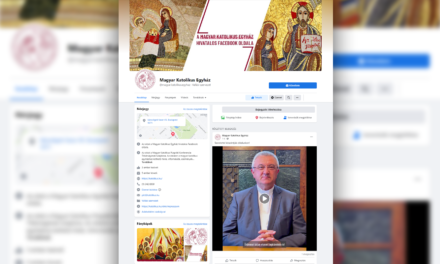In the analysis related to the public opinion survey, attention is drawn to the fact that the number of Christians in the country is rapidly decreasing, and they are being replaced by those who consider themselves atheists or non-religious. According to the research, the number of young adults who leave religion is increasing, and if the trend continues, the historically dominant Christian religion in the United States will become a minority faith by 2045.
The authors of the research draw attention to the fact that at the beginning of the 1990s, 90 percent of Americans claimed to be Christians, but by 2020, their number, including children, had dropped to 64 percent. Meanwhile, the proportion of those who said they were not religiously committed jumped from 16 percent in 2007 to 29 percent in 2020.
While older Americans typically stick to their religion, it is especially common for those under 30 to reclassify themselves as non-religious, the analysis states.
The researchers prepared several scenarios regarding the expected development of the proportion of Christians in society in the next half century. According to the most pessimistic scenario, if the current trends continue to grow without limits, the proportion of believers will decrease to 35 percent by 2070, while that of the non-religious will increase to 52 percent. In the case of a limited strengthening of the current processes, the 48 percent majority of non-religious people will be opposed to the 39 percent proportion of Christians within just half a century. In the case of "secularization" at the current pace, believers would remain in a narrow majority in the United States even in 2070, with 46 percent compared to 41 percent of non-religious people. The fourth scenario shows how the ratio would develop if no one left their religion from now on: according to this, taking demographic factors into account, the researchers came to the conclusion that it would decrease from the currently calculated 64 percent to 54 percent by 2070. the proportion of believers would increase from the current 30 to 34 percent, while that of non-religious people would increase.
The analysis of the Pew Institute for Social Research, looking at other religions, calculates that the proportion of non-Christian believers will double and increase from the current 6 to 12 percent of the population of the United States by 2070.
MTI













